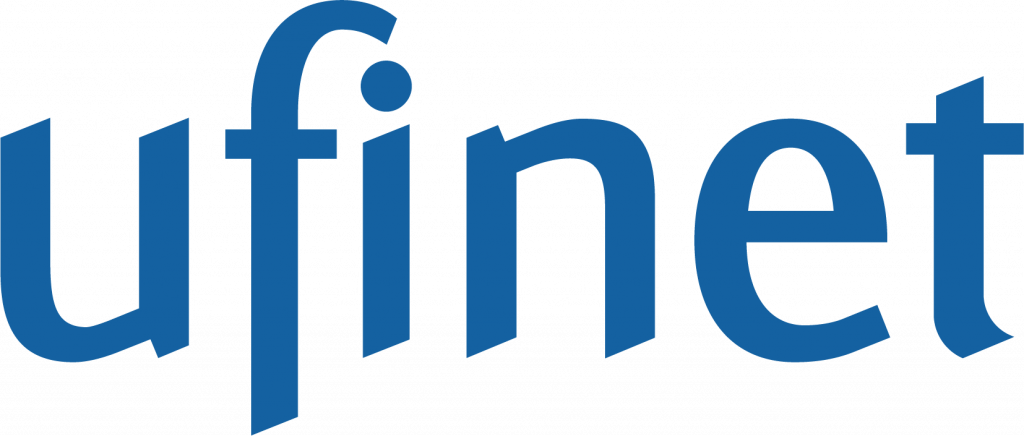FTTH
FTTH
Fiber to the Home(FTTH) is an access network architecture that enables the implementation of xPON technology to provide the highest possible Internet access speeds downstream (from the telecommunications operator’s network to the end user) and upstream (from the user to the network) via optical fiber from the operator’s switching equipment to an individual home. Fiber goes directly to the end user’s home.

Features and Coverage
Multi-operator network
Through independent passive networks
High efficiency
Optimized use of splitters for GPON clients even with low client penetration (on-demand splitters) which in turn implies highly efficient OLT port usage
Passive model
(ODN network owned and provided by UFINET, and OLT and ONT owned by carriers)
Active model
active model (ODN, OLT and ONT network owned and provided by UFINET)
Benefits
Ability to provide much higher bidirectional transmission speeds
They provide a large amount of digital information (telephone, video, data, etc.) in a more efficient way. Fiber has virtually unlimited capacity and its bandwidth upgrades are limited only by the active equipment used.
FTTH equipment and component cost reduction in recent years
(fiber, splice boxes, splitters, drop, OLT, ONT, etc.)
Maintenance costs are also reduced
Since there is no active equipment in the field requiring service and the optical components are extremely reliable. Operation and maintenance of the network is simpler using full automation and software control, requiring fewer personnel.
The long service life of fiber optic cable
(over 30 years)
The fact that it is not affected by electromagnetic interference
Which translates into downtime in copper networks
Lower electricity consumption
(as compared to HFC or xDSL technologies)

